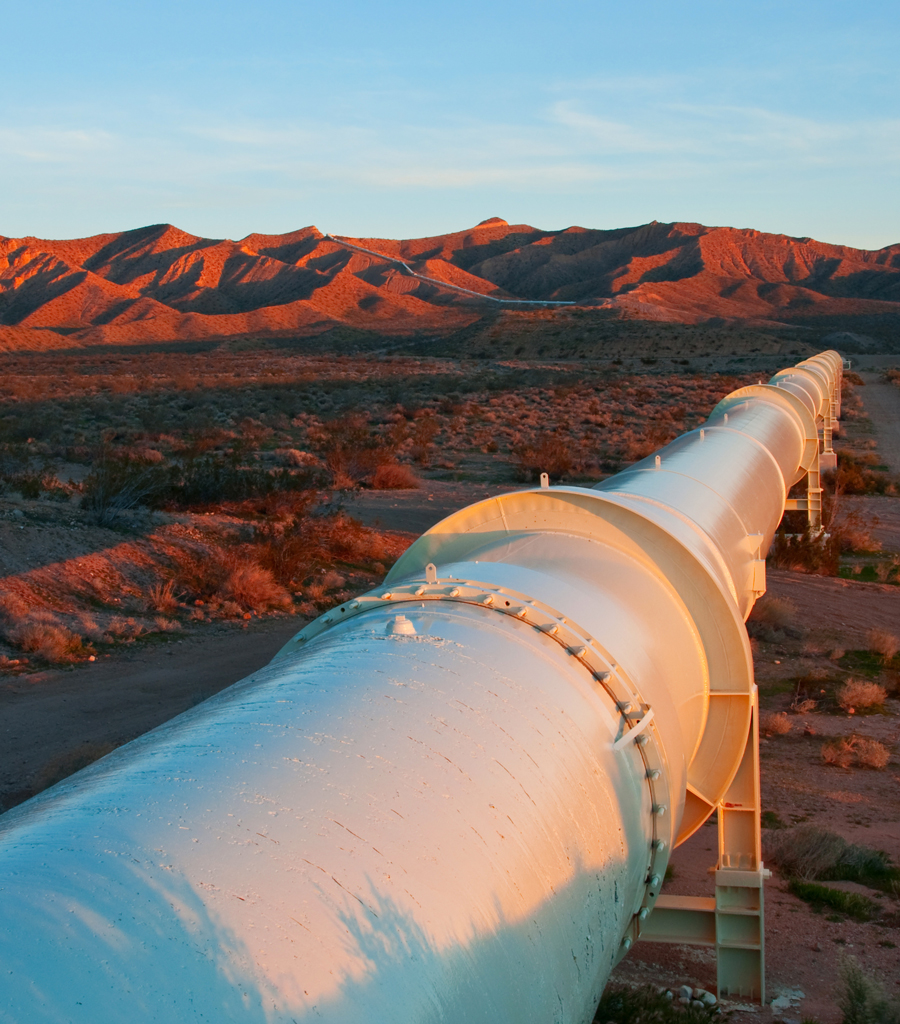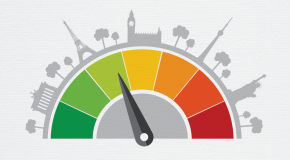The EU is at a crucial juncture of climate and energy policy. Economically, Europe is still entangled in a protracted economic slowdown, with a recent report from the Pew Centre showing that policy uncertainty is driving the centre for clean energy investment -- one of the few strong performing sectors of the EU’s economy -- away from Europe and towards Asia.
The picture on climate change science is not that much brighter. A recent report by Carbon Tracker estimated that some US$6tn would be invested in fossil fuel reserves in the next decade, at a time when the International Energy Agency (IEA) is warning that two-thirds of proven fossil fuel reserves need to stay underground if we are to prevent global average temperature increases in excess of 2ºC.
Following the poor signal recently sent to the rest of the world when the European Parliament, aided by many UK Conservative MEPs, voted against a short-term fix to strengthen the carbon price (the proposal known as “backloading”), the EU urgently needs to decide what future it wants for itself. If the EU genuinely sees climate change as the serious threat it says it is and wants to reap the economic growth benefits that a recent report from Cambridge Econometrics and organisations like the CBI show the low-carbon sector can provide, it needs to get two things right.
First, it urgently needs its key member states to adopt strong domestic climate and energy policies. Ambitious national policies are important in their own right but also in ultimately helping influence ambitious action at EU and international levels. In the case of the UK, it is inconceivable that the £10bn of annual investment which the Committee on Climate Change says is required throughout the 2020s in the power sector alone can be delivered without a strong national framework. The Energy Bill’s ability to minimise risk for investors, by providing stable financial support and a clear long-term demand for low-carbon infrastructure well into the 2020s, will be key here.
Second, and where I would differ from what The Economist has long argued, EU member states need to look beyond just carbon pricing policies if they are realistically going to deliver the amounts of investments in low-carbon infrastructure at the pace and scale called for by climate change science.
Putting a more meaningful price on carbon is key and needs to remain an urgent priority for the EU. But it is very difficult to see how such a carbon price could be set high enough – and be seen by investors as robust enough – to drive on its own the large amounts of decarbonisation the EU needs by 2030, a date that is only one investment cycle away when one considers the long lead-in time for the construction of energy infrastructure.
As recently argued in an Imperial College report, policies that provide minimum long-term volume certainty and financial support for the deployment of new low-carbon technologies like renewables are going to be key to reduce risk for investors, support innovation and accelerate the deployment of technologies at scale, all of which are key to reducing their costs.
With the clean energy race increasingly moving eastwards and two out of the next three climate change summits happening in the EU, this is more than ever the time for its member states to show initiative and leadership.
Nick will be speaking at the UK Energy Summit on June 27th 2013.




